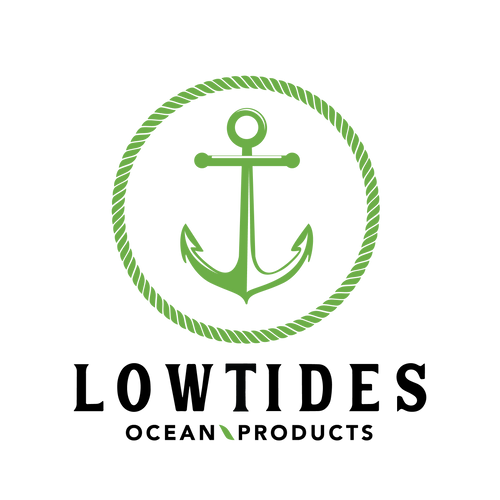An alarming reality in today's landscape is the unfortunate correlation between poor marine life (for dolphins, sharks, and whales) and plastic pollution.
The effects of plastic pollution on marine life continue to take their toll daily, with the equivalent of a dumpster full of plastic pouring into our oceans every minute. From plastics, oil, sewage, litter, and other chemicals, our oceans and their beautiful creatures are in severe danger, and the problem only appears to be worsening. So let's take a closer look at the increasing troubles the world's aquatic life faces due to pollution.
How Does Ocean Pollution Affect Marine Life?
Perhaps the best place to begin is by answering the question, how does ocean pollution affect marine life? All forms of pollution do, of course, negatively impact marine life, but how do these specific waste products cause harm to dolphins, sharks, and whales? First, let's see how each animal is affected in their own right by pollution:
How Are Dolphins Affected By Plastic Pollution?
These majestic creatures face severe consequences from various pollution types, not just plastics. For instance, oil spills cause dolphins to breathe in contaminated air, which leads to respiratory ailments and immune dysfunctions, long-term increases in mortality, failed pregnancies, and increased risk of other diseases or infections. Fertilizer runoffs also impact dolphins similarly to oil, where the toxic chemicals accumulate in the body. Abandoned fishing gear can also cause entanglement, which often spells death for these animals.
How Are Microplastics Affecting Sharks?
Recent studies show that microplastics are inhibiting the lives of many sharks around the globe. Microplastics, for example, are plastic fibers or particles of thickness 5mm or less. Due to the pandemic and gross manufacturing of single-use products, microplastics containing synthetic cellulose are polluting more waters and marine ecosystems than ever. Unfortunately, sharks are suffering the consequences of our global actions, and researchers are detailing the findings in real-time. Though research regarding the prolonged effects of microplastic ingestion is still ongoing, we can already see a disruption in feeding behavior, development, reproduction, and more.
In addition to microplastics, sharks are also affected by fishing nets and discarded fishing gear. Such products thwart movement and cause entanglement, the effects of which are detrimental to sharks that rely on movement to breathe.
How Does Water Pollution Affect Whales?
The correlation between whales and plastic pollution is similar to that of dolphins and sharks. For instance, when whales ingest plastic, it can obstruct their bowels, preventing them from digesting food and causing them to starve. In addition, while whales are primarily filter feeders, they tend to swallow fish. When these fish are contaminated by microplastics, they affect the whale just the same.
In addition to plastic consumption, the warming of our oceans also impacts these creatures, affecting the timing and ranges of their migration, their distribution, and even their ability to reproduce.
LowTides Ocean Products
Though continuous efforts are in place to combat the effects of plastic pollution on marine life on a global scale, aquatic animals are still a long way from safety. While reducing plastic use on every continent is undoubtedly a positive change, we can also analyze the efforts of organizations in removing and reusing ocean plastics.
The use of plastic is almost unavoidable in today’s society, so there is pressure on companies to use biodegradable and recycled plastic materials in any new product production. At LowTides Ocean Products, we take ocean-bound plastics from our seas and turn them into HDPE (high-density polyethylene) pellets. We then turn these pellets into beach products such as chairs, towels, clothing, and more!
To learn more about our efforts to reduce pollution in our oceans, check out our story!
